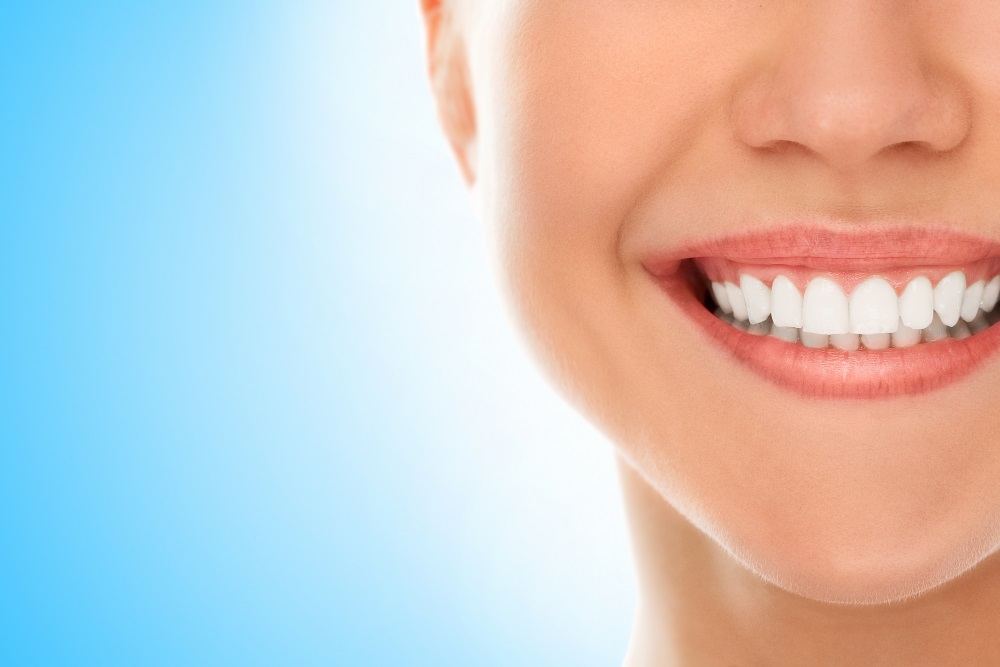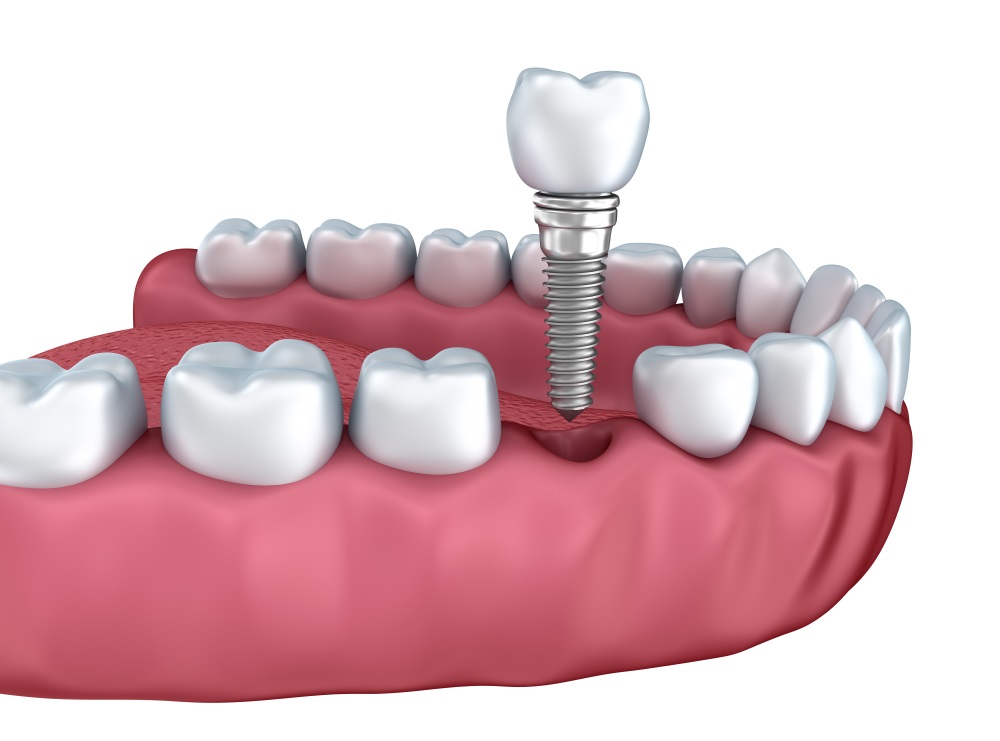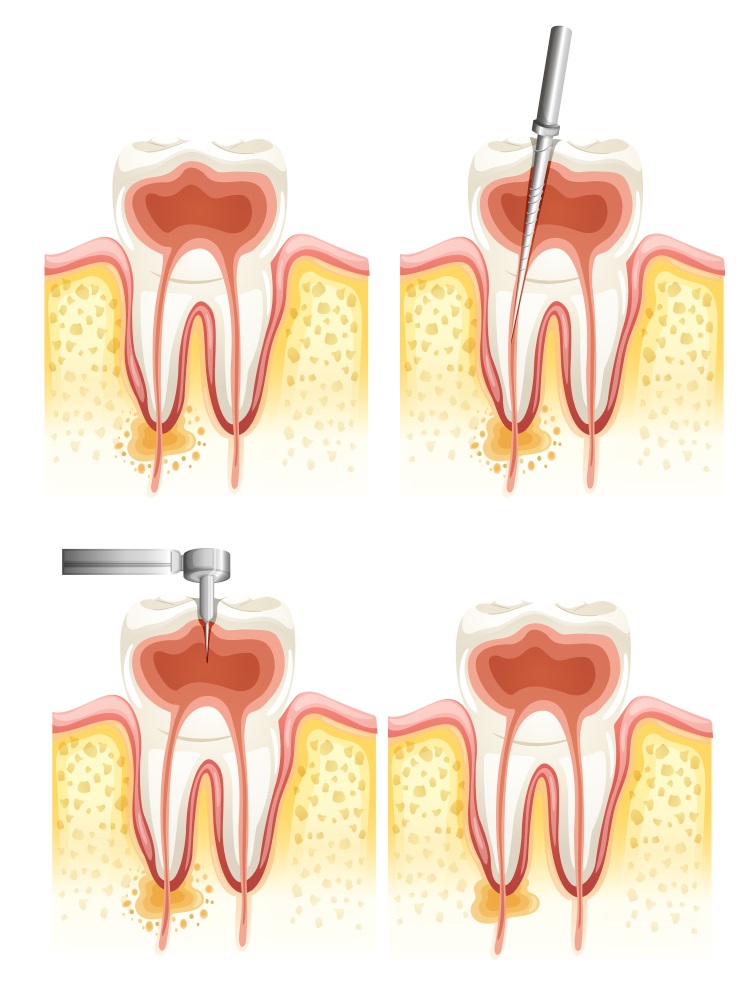While none of us at ARinMED are dentists, we certainly know the importance of oral hygiene. It’s not only important for personal appearance and social interactions, but critical to global wellness. There have been many discussions on how dentistry could be improved using computer-based technology. Even 3D printing ideas have been suggested. Prosthodontics researchers from Tehran University of Medical Sciences in Tehran, Iran have been studying different ideas to incorporate computer-based into dentistry, which includes, of course, augmented reality.

Augmented reality could be used for dental implantation, maxillofacial surgery, temporomandibular joint motion analysis, and prosthetic surgery, among other possibilities. In this review, we will look at how AR can be adapted for several procedures in a safe, successful, and novel way.
During Dental Implantation Surgery, for example, the surgeon could use an AR head mounted device to visualize the preoperative and operative fields, which could allow them to make decisions about how to adapt the prostheses for each patient with the best, most accurate results possible.

We have already analyzed some of the perks of having AR on our side during maxillofacial surgeries, but this branch of dentistry could be improved even further if AR were implemented before surgery begins. The dental surgeon could plan each phase of the surgical process on a 3D map of the operative site, allowing them to consider any necessary modifications before even putting the patient under anesthesia. In order to stick to to this mapped image during the surgery, the dental surgeon could use a head mounted display, which would overlay the digital, augmented view over the actual operative field. The device would be hands-free, allowing the surgeon to concentrate fully on the task in front of them. This technology could even be applied to your run of the mill root canal surgery, allowing the patient to have a better, less painful experience.

Temporomandibular joint disorders, which can be caused by everything from injury to teeth-clenching to genetics, can cause severe pain in one or both sides of the face, and are characterized by the locking of the jaw in either an open or closed position. It can also cause severe swelling in the face, along with less common symptoms like dizziness and vertigo, earaches, and even shoulder pain. These conditions can be short-term, or they can last several years, and may come and go with no clear answer or no certain treatment. Dentists mostly use over the counter pain medications, ice packs, and dietary changes (like a softer food diet) to help patients cope with the symptoms, but for most, instructions to “walk it off and try to always keep your mouth slightly agape” isn’t a great treatment plan. Surgery is generally a last resort, and most of the time it is only used to alleviate severe symptoms. However, if AR could make the procedure a little easier, maybe surgery could be looked to as a solution earlier in the treatment plan.
Coupled with MRI studies, AR technology could allow the dental surgeon to develop a better understanding of each individual case, which would help them to provide a much faster and more personalized treatment.

As we are always saying, augmented reality provides medical professionals with solutions that could not have been even fathomed a few years ago, and we believe it could do the same thing for the dental field. While there are many other related fields that this technology could be applied to, from Aesthetic Surgery to even Oncologic Transoral Surgery, we’ll save those for another time. In the meantime, let us know what you think of this approach in the comments section below!








